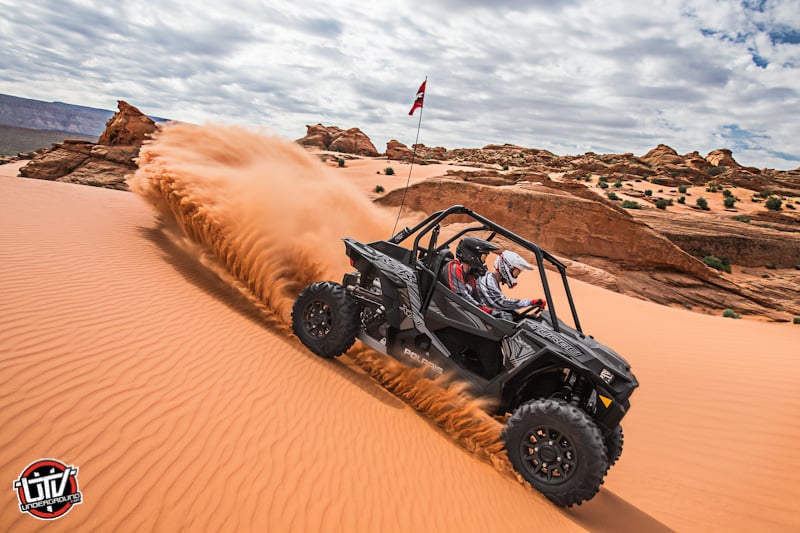
Experience Snowshoeing – An Easy Way To Explore Winter Wilderness
Winter is a magical season filled with opportunities for outdoor adventures. One of the best ways to embrace the beauty of winter and explore the wilderness is by snowshoeing. Whether you are a seasoned outdoor enthusiast or a beginner looking to try something new, snowshoeing offers a fun and exciting way to experience the great outdoors in a whole new light.
Introduction
Snowshoeing is an activity that has been around for centuries, originating as a means of transportation in snowy regions. Today, it has evolved into a popular recreational activity enjoyed by people of all ages and skill levels. With the right gear and a sense of adventure, anyone can experience the thrill of gliding through snowy landscapes on snowshoes.
What is Snowshoeing?
Snowshoeing is a winter sport that involves walking or hiking over snow-covered terrain using special footwear called snowshoes. These shoes distribute your weight evenly across the surface of the snow, allowing you to walk without sinking deep into the soft powder.
How Does Snowshoeing Differ From Hiking?
While hiking involves walking on established trails, snowshoeing gives you the freedom to explore off-trail areas that may be inaccessible during other seasons. The added challenge of navigating through snowy terrain adds an extra element of excitement to your outdoor adventure.
Is Snowshoeing Suitable For Beginners?
Absolutely! Snowshoeing is a beginner-friendly activity that requires minimal instruction and equipment. If you can walk, you can snowshoe! It's a great way to get outside, stay active, and enjoy the beauty of winter without any specialized skills or training.
What Gear Do I Need For Snowshoeing?
The basic gear for snowshoeing includes snowshoes, trekking poles for stability, waterproof boots, warm clothing layers, gloves, and a hat. You may also want to bring water, snacks, a map or GPS device, and a first aid kit for safety.
# Where Can I Go Snowshoeing?
Snowshoeing can be enjoyed in a variety of settings, from local parks and trails to backcountry wilderness areas. Many ski resorts offer groomed snowshoe trails for easy exploration, while more adventurous souls may opt for backcountry routes with untouched powder.
Why Choose Snowshoeing?
1. Accessibility
Unlike skiing or snowboarding, which require lessons and practice to master, snowshoeing is as simple as strapping on your gear and hitting the trail. There's no need for expensive lift tickets or crowded slopes - just find a snowy spot and start walking!
2. Affordable
Compared to other winter sports like skiing or snowboarding, snowshoeing is relatively inexpensive. Once you have your gear, there are no additional costs associated with lift tickets or rentals. You can explore endless miles of winter wonderland without breaking the bank.
3. Low Impact
Snowshoeing is a low-impact activity that puts less stress on your joints compared to running or high-impact sports. It's an excellent way to stay active during the winter months without risking injury or overexertion.
4. Connect With Nature
Experience the tranquility of winter wilderness as you glide through forests blanketed in snow and listen to the sound of silence interrupted only by your footsteps. Snowshoeing allows you to immerse yourself in nature's beauty and escape the hustle and bustle of everyday life.
5. Fun For All Ages
hot air balloon dubaiWhether you're young or old, an experienced hiker or a first-time adventurer, snowshoeing is an activity that everyone can enjoy together. It's a great way to bond with family and friends while creating lasting memories in the great outdoors.
Tips For A Successful Snowshoe Adventure
1. Check The Weather Conditions
Before heading out on your snowshoe adventure, be sure to check the weather forecast and avalanche conditions in your area. Dress appropriately for cold temperatures and bring extra layers in case weather conditions change unexpectedly.
2. Start Small
If you're new to snowshoeing, start with shorter hikes on easy terrain to build your confidence and skills before tackling more challenging routes. Look for beginner-friendly trails with gentle slopes and clear markers to help guide your way.
3. Stay Safe
Safety should always be your top priority when venturing into the wilderness during winter months. Tell someone where you're going and when you expect to return, carry essential safety gear like a map, compass, whistle, headlamp, and first aid kit.
4. Respect Nature
Leave no trace by packing out all trash, staying on designated trails to protect fragile ecosystems from damage caused by off-trail travel.


